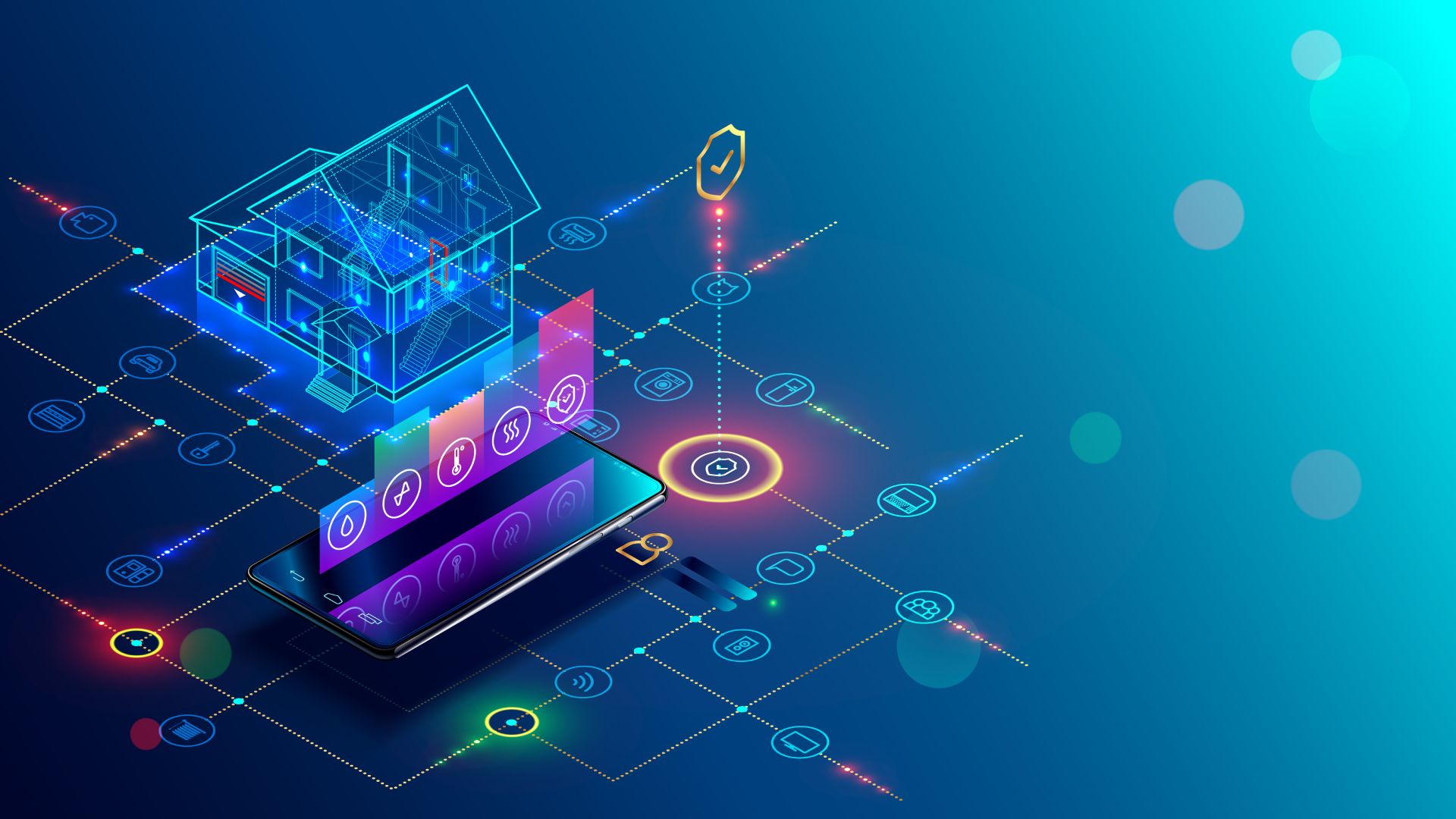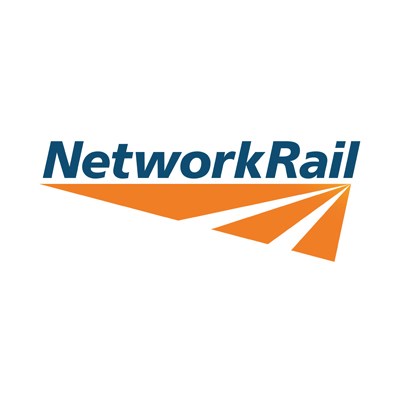
Tackling Fuel Poverty With Technology
If you think fuel poverty is as simple as not being able to pay the heating bills, think again. Residents who are fuel poor not only struggle to stay warm in their own homes, they’re also at risk of depression, social isolation, health problems and hunger.
Shockingly, more than 13% of UK households are living in fuel poverty. This means that millions of people across the nation, including the elderly and vulnerable, are unable to keep themselves warm without their disposable income dipping below the poverty line. When you think about how this impacts the wellbeing of these individuals – especially during the winter months – you might want to know what landlords can do to help.
A potential solution can be found in smart Internet of Things (IoT) technology.
IoT is a system of interconnected computers and devices, machines, objects, or people – transferring data over a network without the need for human interaction and it’s paving the way towards a world where fuel poverty no longer exists.
Housing Associations and Social Landlords are using smart sensors to gather data. This data provides a much better idea of the state of your properties. By simply placing wireless sensors inside of your buildings, you’ll suddenly have access to data on a variety of parameters, including damp, mould, condensation, air quality and energy usage.
With this kind of data readily available and in an easy-to-read dashboard, housing associations now have the power to eliminate the risk of fuel poverty. Damp and mould, which are both more likely to be present when residents cannot adequately heat their homes, can be detected by Invisible Systems IoT sensors. This allows landlords to see which tenants might be living in fuel poverty and take necessary steps to improve their quality of life.
On a similar note, IoT sensors signal if properties are prone to certain conditions, thus empowering landlords to take preventative action. For example, if readings show that an area of a building is likely to develop mould, you can intervene before it becomes an issue. This is invaluable when considering the potential health issues – both physical and mental - that can arise as a result of damp, mould and condensation.
Housing associations can utilise the gathered data to identify areas of low energy usage and, subsequently, which homes might be underheated. This is a strong indication that tenants in these homes might be fuel poor. Again, having access to this kind of knowledge facilitates quick action to improve the living environments of these individuals.
In addition to the advantages already mentioned, Invisible Systems IoT sensors offer several other benefits:
• Invisible Systems’ online dashboard, Real-Time Online, automatically notifies housing providers when domestic temperatures drop below a safe level
• By enabling predictive maintenance and alerting landlords to existing issues, IoT technology helps to transform the health and wellbeing of tenants
• Sensors are non-intrusive. These wireless devices work remotely and data is compiled in Real-Time Online, so tenants are not bothered by manual inspections or repeated visits
• With a wealth of information at your fingertips, you’ll enjoy easier property management and a better overview of your estates
• Finally, it’s likely that your customer relationships will strengthen as you improve the quality of their homes.
While fuel poverty is a distressing reality for so many people across the country, it can be avoided. By adopting smart IoT solutions, social housing landlords have the opportunity to truly make a difference to the lives of residents and the homes in which they live.
If you want to know how Invisible Systems sensors can help you to ensure a better quality of life for your tenants, book a call with our team below.








